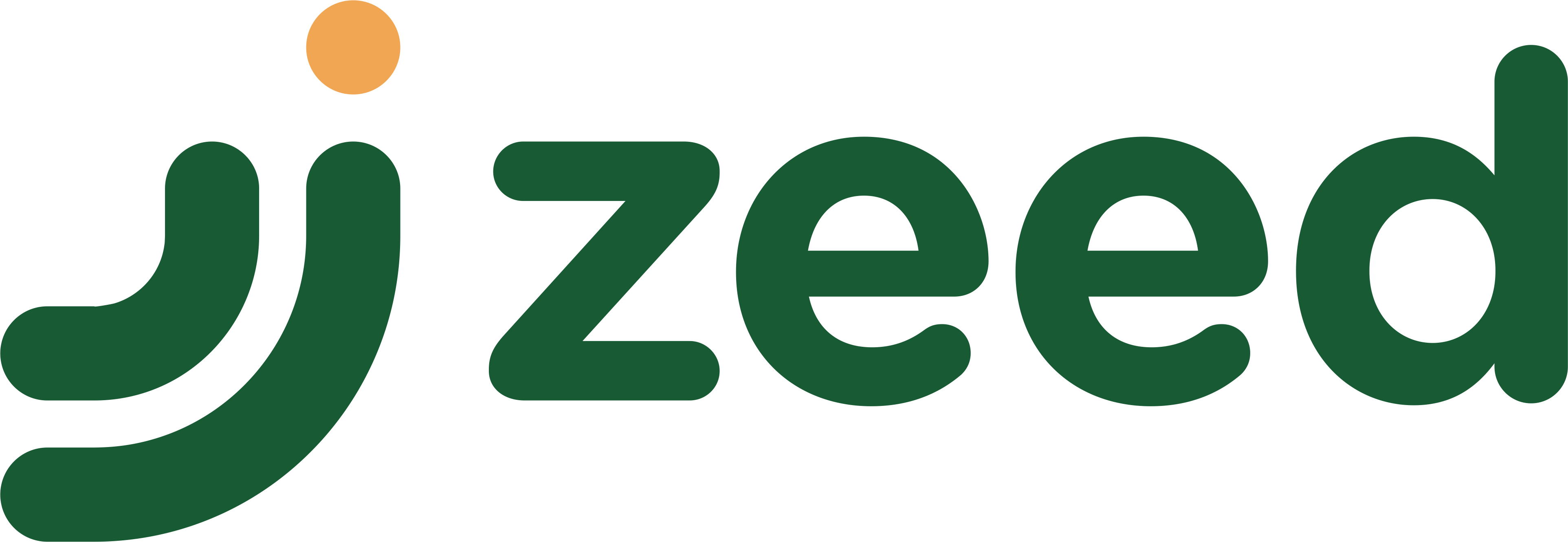Cost of Goods Sold (COGS): Important to Know Your Product Costs
Cost of Goods Sold (COGS) is a common term in accounting, especially in financial statements for businesses. COGS refers to the total cost incurred to produce goods or services sold by a company during a specific period. These costs include various elements directly contributing to the production of those goods or services. In this article, we will discuss the definition of COGS, its components, and the importance of understanding COGS for business operations.
Definition of Cost of Goods Sold (COGS)
Simply put, Cost of Goods Sold (COGS) is the total cost incurred to produce goods or services that are eventually sold to consumers. The COGS figure is crucial in determining a company’s gross profit because it is used in the following formula:
Gross Profit = Sales Revenue – COGS
By knowing the COGS, businesses can calculate how much profit they earn from selling goods or services. This number also helps companies evaluate the efficiency of their production processes and resource management.
It’s important to note that COGS only includes costs directly related to the production of goods. Other expenses such as marketing, administrative, and distribution costs are not included in COGS.
Components of Cost of Goods Sold (COGS)
Several key components make up COGS, including:
1. Raw Materials
Raw materials are essential in the production of goods. The cost of raw materials used during a specific production period is included in COGS. For example, in the manufacturing industry, raw materials like metals, wood, or plastic fall into this category.
2. Direct Labor
Direct labor includes wages and salaries paid to workers directly involved in the production process. Employees who work in factories, technicians, or machine operators who help create the final product are examples of direct labor. These costs are calculated based on the working hours contributed to the production process.
3. Factory Overhead
Factory overhead includes indirect costs related to production, such as electricity, factory rent, equipment maintenance, and other utilities used in the production process. Although overhead does not directly affect the manufacturing of goods, these costs are still crucial to be accounted for as part of the total COGS.
4. Work-in-Process and Inventory
In addition to raw materials and direct labor, COGS also includes the cost of work-in-process goods, which are partially completed goods not yet ready for sale. Beginning and ending inventories of goods sold during a specific period also impact COGS calculations. For example, if a company starts the period with inventory valued at $100,000 and ends with $80,000, the $20,000 difference is factored into COGS.
5. Internal Distribution Costs
Internal distribution costs arise from moving raw materials or work-in-process goods to production locations. Although not all companies include this cost in COGS, some businesses consider internal transportation costs as part of the production expenses.
Also read:Gross vs Net Profit: Understanding the Difference for Your Business
The Importance of Understanding COGS for Business
A solid understanding of Cost of Goods Sold (COGS) is essential for any company that wants to know its financial position more deeply. There are several key reasons why understanding COGS is important:
1. Setting the Right Selling Price
By knowing COGS, a company can set the appropriate selling price for its products. Accurately setting the selling price based on COGS allows the company to achieve the desired profit margin. If the selling price is too low compared to COGS, the company will incur losses.
2. Measuring Operational Efficiency
COGS helps businesses assess their operational efficiency. By comparing COGS over time, companies can identify whether there are improvements or declines in production efficiency. If COGS increases while sales remain constant, it could indicate that production costs are rising, and cost-saving measures need to be taken.
3. Budget Planning
When preparing annual budgets, companies must consider COGS to estimate future production costs accurately. With precise forecasting, businesses can create realistic budgets and develop strategies to optimize profitability.
4. Cost Control
COGS also functions as a cost-control tool. If a company notices a significant increase in COGS, it may signal problems in the production process that require reevaluation. By monitoring and controlling COGS, companies can take preventive measures to maintain financial stability.
Also read:Project Based vs Equity Based Financing
Example of COGS Calculation
Let’s take a simple example to illustrate how Cost of Goods Sold (COGS) is calculated in a business:
Assume a clothing manufacturing company named FashionTrend wants to calculate its COGS for September. The following data is available:
- Beginning inventory of raw materials (start of the month): $50,000
- Purchases of raw materials during September: $100,000
- Ending inventory of raw materials (end of the month): $30,000
- Direct labor costs: $40,000
- Factory overhead: $20,000
To calculate COGS, we use the following formula:
COGS = Beginning Inventory + Purchases – Ending Inventory + Direct Labor + Factory Overhead
Thus, the COGS calculation for FashionTrend is:COGS=$50,000+$100,000−$30,000+$40,000+$20,000=$180,000
Therefore, the Cost of Goods Sold (COGS) for September at FashionTrend is $180,000.
This figure represents the total cost incurred by FashionTrend to produce the clothing sold during the month. After knowing the COGS, the company can calculate its gross profit by subtracting COGS from the total sales revenue.
Conclusion
Cost of Goods Sold (COGS) is an essential element in financial statements, reflecting the total cost incurred by a company to produce goods or services sold. By understanding the components that make up COGS, businesses can make better decisions about pricing, operational efficiency, and cost control strategies. COGS also plays a critical role in budget planning and profit assessment. Therefore, a deep understanding of COGS is necessary for the financial success of any business.
Also read:Important Principles on How Islam Views Investment

References
Accurate.id. (2023). COGS Adalah: Definisi, Komponen, dan Cara Menghitungnya. Retrieved from https://accurate.id/akuntansi/cogs-adalah/
iREAP POS. (2023). What is Cost of Goods Sold (COGS)? Retrieved from https://www.ireappos.com/news/en/what-is-cost-of-goods-sold-cogs/
Jurnal.id. (2023). Cost of Goods Sold (COGS) dan Komponen Biaya yang Masuk Didalamnya. Retrieved from https://www.jurnal.id/id/blog/cost-of-goods-sold-cogs-dan-komponen-biaya-yang-masuk-didalamnya/
OCBC NISP. (2022). COGS Adalah: Pengertian, Manfaat, dan Cara Menghitungnya. Retrieved from https://www.ocbc.id/id/article/2022/12/08/COGS-adalah







